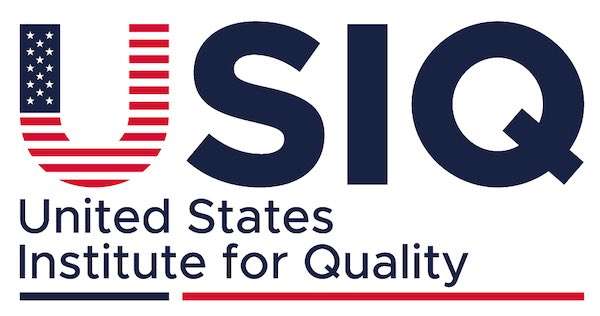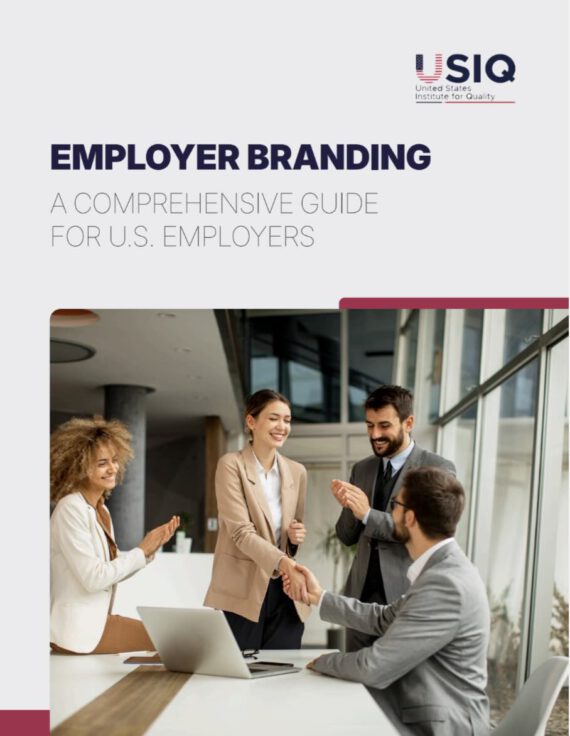|
Getting your Trinity Audio player ready...
|
Recruiting and hiring have always been an active process that changes with the new trends in the workforce and the work environment. Welcome to 2025; the talent acquisition market is all set to transform due to technological advancement, changing demography, and changing tides of employees. In this article, we take a closer look at the major trends expected to shape recruiting tactics by 2025 and provide tips to help companies navigate the changing dynamics and position themselves for success.
1. Engaging Passive Talent Becomes a Key Skill
Passive talent acquisition will be a key concept of recruitment in 2025. The passive candidate is a candidate who is not currently searching for a new job but is interested in an opportunity that comes his way. Current studies show that there are more and more such workers, some of whom are satisfied with the current situation but still ready to search for new opportunities in the changing market.
LinkedIn reported that 62% of the recruiting professionals pointed out that engaging the so-called ‘passive applicants’ is an essential skill for the upcoming years. Companies can, therefore, benefit from actively engaging with such persons since the market for experienced and skilled workers is continuously growing.
How to Engage Passive Talent
Proactive Outreach: Create and nurture a strong talent pool with regular one-on-one contact.
Strong Employer Branding: It is easy to entice the employees when you depict your company’s values, culture, and potential for growth.
Employee Referrals: Use your current employees’ connections to engage the passive candidate market, but ensure that you consider diversity to avoid hiring people who are similar in every aspect.
Recruiters who embrace these strategies can engage the right candidates before other companies do.
2. Salary as a Strategic Staffing Component
Salary disclosure and fair compensation are becoming vital to attract and retain employees. A survey shows that compensation is why employees contemplate changing their jobs. Although the number of resignations has declined over the last few years, employees are willing to seek new openings that provide higher compensation.
As a result, organizations should be able to employ salaries to attract the best talents and ensure the retention of the current workforce. Also, millennials and Gen Z prefer roles with clear salary information and are less likely to apply to positions that do not disclose salary information.
Implications for Employers
- Provide better salary packages to get the talent you need.
- Employees should be given bonuses to avoid turnover raises and keep them in the company.
- Adhere to the current salary disclosure policies to build the organization’s credibility and attract the new generation workforce.
- Knowing the importance of a fair and clear remuneration system can help companies stand out.
3. The Rise of Right-Skilling
As organizations continue to transform themselves to meet new business demands, right-skilling, which ensures that employees’ skills are relevant to their needs, has emerged as a key concept. This has led to the shift in the hiring process known as skills-based hiring, where emphasis is placed on the candidate’s skills and not academic achievements. This approach confirms that the workers possess the necessary skills to complement business growth.
Surprisingly, layoffs are also being employed as a right-side approach, where companies let go of employees who are not useful while investing in their employees’ skills development.
Key Strategies for Right-Skilling
Internal Skilling Programs
These programs allow employees to gain new skills and move to new positions that have yet to be created.
Strategic Layoffs
Emphasize keeping high-flyers and employees with crucial skills while relocating others as much as possible.
Skills-Based Hiring
Prefer candidates with transferable skills and a willingness to learn.
The right organizational skills can increase flexibility and organizational agility and prepare their workforce for the future.
4. Development as a Core Hiring Offer
By 2025, professional and personal development will be identified as the most important factor in the hiring process. The current generation of employees wants to develop and advance in their careers, so development programs are a useful way to attract and keep the best workers.
According to the studies, 76% of employees would like to stay with a company that provides upskilling, even if they do not like their jobs. Lack of career advancement is among the biggest sources of job satisfaction and turnover.
How to Integrate Development into Recruitment
Reskilling Programs
You should also design formal procedures for people to transition into new positions or face new tasks.
Highlight Growth Opportunities
A key message during recruitment should be that employees can develop their skills to attract ambitious people.
Blended Workforce Strategies
Internal retraining and external recruiting should be used to achieve a more diverse and adaptable staff.
Organizations that offer development programs not only increase the satisfaction of their employees but also create a strong army of employees ready for future challenges.
5. Transparency and Balance in AI-Driven Recruitment
AI has found its way into recruitment and has helped simplify the process and increase effectiveness. However, its increased application has raised questions about bias and the implications of a lack of human interaction in the hiring process. According to the latest trends, in 2025, a new approach to recruitment will be applied that will combine AI and human resource management.
Applicants are increasingly sensitive to using AI for recruitment, which can be problematic. Studies show that despite many people’s liking for AI’s speed and effectiveness, they prefer to be evaluated by human recruiters based on their skills and talents.
Best Practices for AI in Recruitment
Transparency
Honestly describe the use of AI in the hiring process and ensure that the candidates are aware of it.
Bias Mitigation
Periodically check the AI systems to reduce bias and work towards fairness.
Human Oversight
Ensure that humans make some decisions to add the human touch and evaluate candidates entirely, not mechanically.
Such an approach helps companies make the recruitment process more open and engaging for candidates while still relying on technology.
6. Embracing Hybrid Work Models
As organizations continue to transform themselves to meet new business demands, right-skilling, which ensures that employees’ skills are relevant to their needs, has emerged as a key concept. This has led to the shift in the hiring process known as skills-based hiring, where emphasis is placed on the candidate’s skills and not academic achievements. This approach confirms that the workers possess the skills to complement business growth.
Surprisingly, layoffs are also being employed as a right-side approach, where companies let go of employees who are not useful while investing in their employees’ skills development.
Key Strategies for Right-Skilling
Internal Skilling Programs
These programs allow employees to gain new skills and move to new positions that have yet to be created.
Strategic Layoffs
Emphasize keeping high-flyers and employees with crucial skills while relocating others as much as possible.
Skills-Based Hiring
Prefer candidates with transferable skills and a willingness to learn.
The right organizational skills can increase flexibility and organizational agility and prepare their workforce for the future.
Conclusion
In the future, the recruiting process will combine technology and human approach, efficiency and individual approach, stability, and flexibility. From using passive candidates and focusing on growth opportunities to adopting AI safely and responsibly and implementing a mixed working model, the following tendencies can be seen as guidelines for further improving talent acquisition strategies.
Thus, companies can engage the best professionals and create a sustainable, prepared-for-the-future workforce by paying attention to these trends and acting accordingly. The coming year holds potential for change and development in recruitment, which is good news for companies and individuals searching for work.
Related Articles
Recruitment marketing aims to market your organization in order to target potential employees. Rather than waiting for individuals to approach [...]
The current fast-paced job market demands essential adaptability from both workforce members and organizations. The technological changes in industries and [...]
A successful social media marketing strategy for B2B success depends on trust development while sharing valuable content that targets decision-making [...]
Every employer understands the importance of retaining their employees because this is one way through which their business can grow [...]





